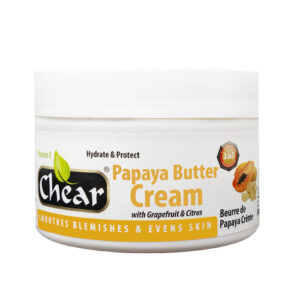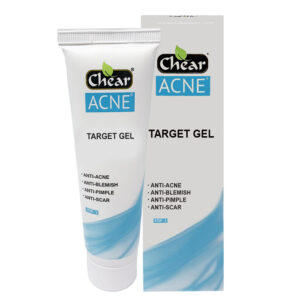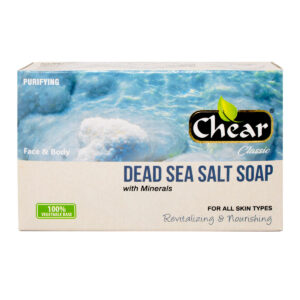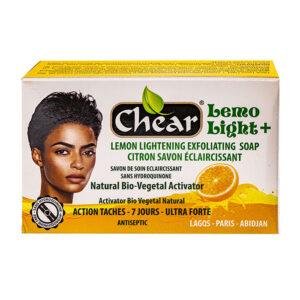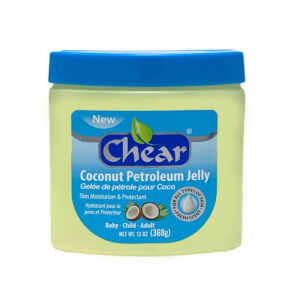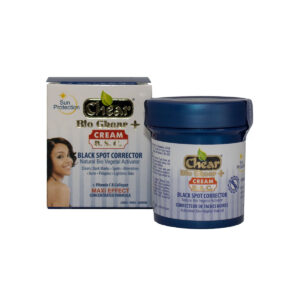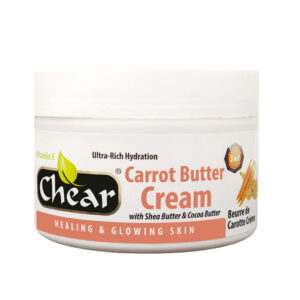- Home
- Beauty Tips
- Tips to help with skin discolouration disorders
Before you attempt to treat skin decolouration disorders it is important that you are aware of the different types of pigmentation disorders. This will help you identify the type of skin pigmentation you are suffering from.
- Freckles – These are best described as small flat, light brown to brown spots. Freckles are a result of direct UV light/sunlight exposure, they are located in areas where there is high sun exposure. The process occurs when there is excessive production of the melanin pigment by the melanocytes cells.
- Hyperpigmentation – This disorder occurs when there is an excessive melanin production in areas of the skin. Skin may appear dull, uneven, dark, patchy or may produce dark marks or spots. Hyperpigmentation is also an adverse result of direct UV/sunlight.
- Melasma – This is a condition that is related to hormones and can be triggered by exposure of UV/sunlight. The condition is common in women especially during pregnancy, however men can also be affected and is likely to affect people of coloured skin. This condition causes brown-ish or gray-ish pigmentation patches to develop around areas on the face such as upper lip, chin, forehead.
- Post-inflammatory hyperpigmentation (PIF) – This disorder can affect the skin on the face and the body. Dark flat pigmentation discolouration spot marks appear on the skins surface. This condition is likely to affect people with dark skin. Inflammation on injured skin can trigger excessive melanin production thus causing dark discolouration particular areas, the discolouration may still be visible even after the initial injury has healed. UV and sun light exposure has not been recognised as the cause of this condition, however it can aggravate the condition.

Chear is the Registered trademark of Sonik Products LTD
Chear Beauty @ Sonik Products Ltd | Company No: 3184821
Chear Beauty @ Sonik Products Ltd, Block C, Woodside End, Wembley Alperton, Middlesex HA0 1UR
























